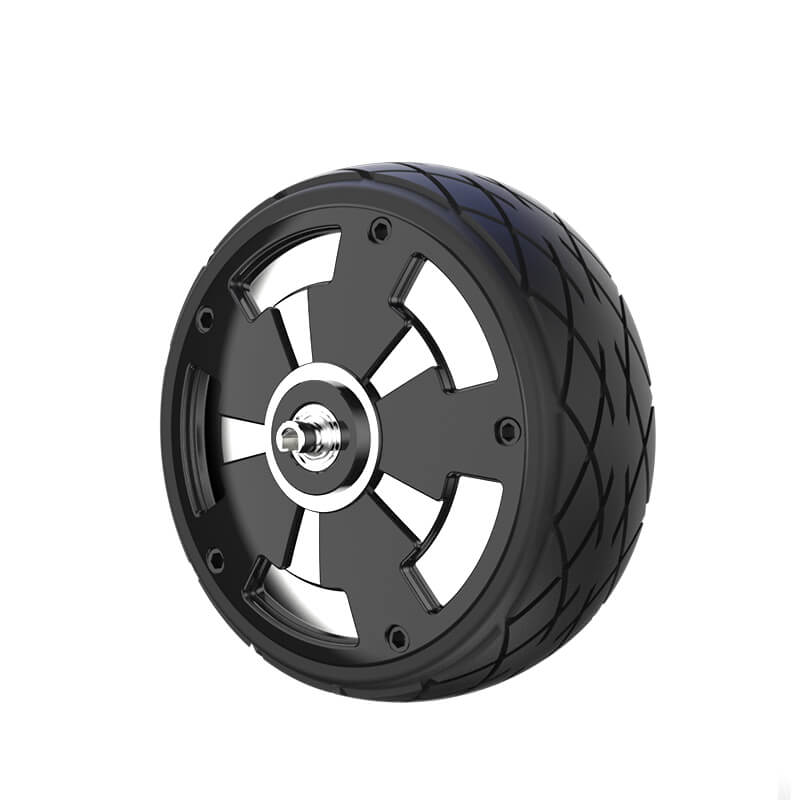In the rapidly advancing world of automation and robotics, servo motors have taken center stage as the unsung heroes that power countless machines and devices. Whether you’re involved in manufacturing, robotics hobby projects, automation systems, or even DIY home automation, understanding the nuances behind servo motor prices in the Philippines can save you both money and frustration down the line. But what exactly influences these prices? Why do some servo motors cost just a few hundred pesos, while high-quality industrial models run into thousands? Let's delve into this fascinating world.

What Is a Servo Motor and Why Does Price Matter? At its core, a servo motor is a rotary or linear actuator that allows precise control of angular or linear position, velocity, and acceleration. Unlike simple motors, servo motors incorporate feedback mechanisms—typically encoders or resolvers—that constantly monitor movement and adjust accordingly. This makes them invaluable in applications requiring exact positioning, such as robotic arms, CNC machines, camera autofocus systems, and drone controls.
Understanding their complexity and specialization makes it clear why prices vary so widely. The right servo motor ensures smooth operation, accuracy, longevity, and safety. Investing in a cheap or underperforming servo motor might save money initially but could cost more in maintenance, repairs, or replacement.
Factors Affecting Servo Motor Prices in the Philippines
Type of Servo Motor The first big determinant? The type. There are several, but the most common are AC servo motors, DC servo motors, and brushless servos. Industrial-grade AC servos typically cost more due to their durability and performance, whereas basic DC hobby servos are more affordable.
Precision and Performance Specifications The finer the control and higher the torque, the pricier the servo. Key specs like torque ratings, speed, resolution of feedback mechanisms, and power supply requirements impact cost. For instance, a servo capable of handling heavy industrial loads with microsecond precision commands a premium.
Brand and Manufacturer Not all servo motors are equal. Well-known brands like Mitsubishi, Yaskawa, Omron, or local suppliers with established reputations tend to ask more but come with trust, warranty, and proven reliability. Cheaper, lesser-known brands may offer attractive prices but could sacrifice longevity or post-sale support.
Material and Build Quality Robust construction, high-quality materials, and advanced features like thermal protection and overload sensing influence pricing. For industrial settings, durability is priceless—and expensive.
Supply Chain and Importation Costs Because many servo motors are imported to the Philippines, fluctuating shipping costs, import taxes, and currency exchange rates can cause price shifts. This means a servo motor that’s affordable today might be pricier tomorrow due to logistics.
Market Demand and Availability Certain sizes or types may be in higher demand depending on the industry trends—like automation for manufacturing or agriculture—affecting pricing strategies. Scarcity of certain models in the Philippines also drives up costs.
How the Market Looks Today The Philippines, with its growing industrial sector and burgeoning tech scene, has seen a steady increase in demand for quality servo motors. While the local market offers a mixture of imported and locally assembled models, prices can vary significantly. For beginners or hobbyists, entry-level servo motors could start at around 500 pesos, suitable for light projects. Meanwhile, industrial-grade models with high performance specifications can range from 10,000 to over 50,000 pesos per unit.
Know What You Need Before Buying One mistake many make is focusing solely on price. Instead, match your requirements with the servo motor’s specifications:
Application type: Hobby, home automation, manufacturing, or robotics. Load requirements: Heavy duty or lightweight. Precision needs: Do you need microsecond accuracy or just basic movement? Power source: AC or DC. Size constraints: Compact vs. industrial size.
By understanding what your project truly demands, you can avoid overspending on unnecessary features or risking performance with a model that’s underpowered.
Where to Find Affordable Yet Reliable Servo Motors in the Philippines The good news? The Philippines boasts numerous suppliers, both online and brick-and-mortar shops. Platforms like Shopee, Lazada, and dedicated automation and industrial supply shops offer a wide range of options. Always check reviews and seller ratings, and consider reaching out to local distributors who can provide guidance tailored to your project needs.
In Summary:
Servo motor prices in the Philippines depend on type, specifications, brand, quality, and import costs. Budget options exist for light projects, but investing in quality ensures durability and performance. Matching your project requirements with a servo motor’s capabilities reduces unnecessary expenses and increases success.
In the next part, we’ll explore how to compare prices effectively, the importance of after-sales support, and tips to get the most value for your money when purchasing servo motors in the Philippines. Stay tuned!
Leveraging innovations in modular drive technology, Kpower integrates high-performance motors, precision reducers, and multi-protocol control systems to provide efficient and customized smart drive system solutions.




































